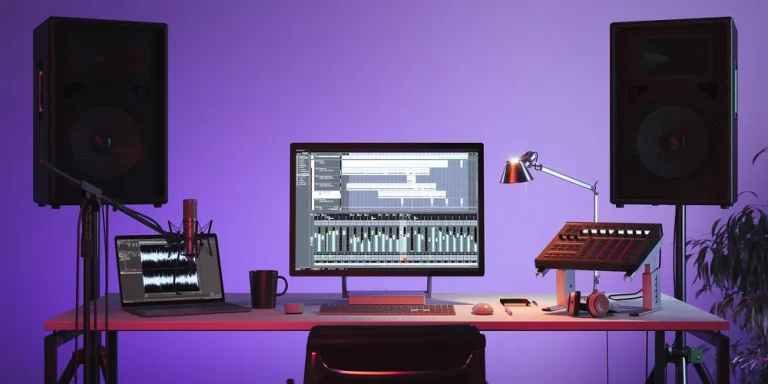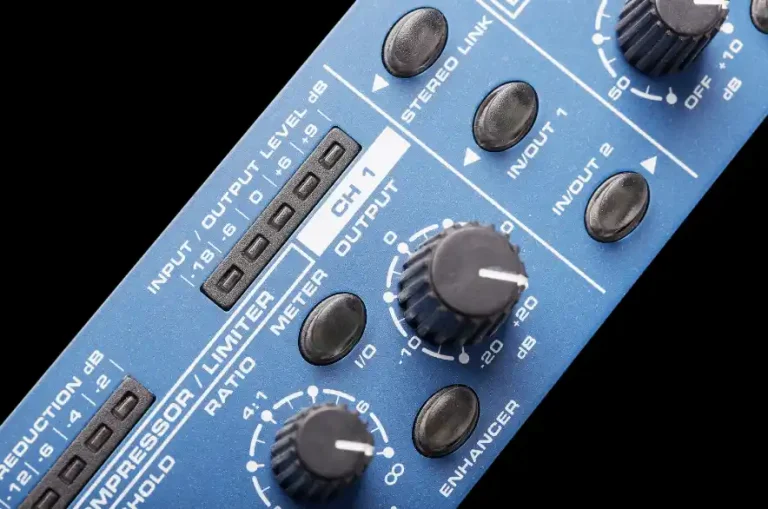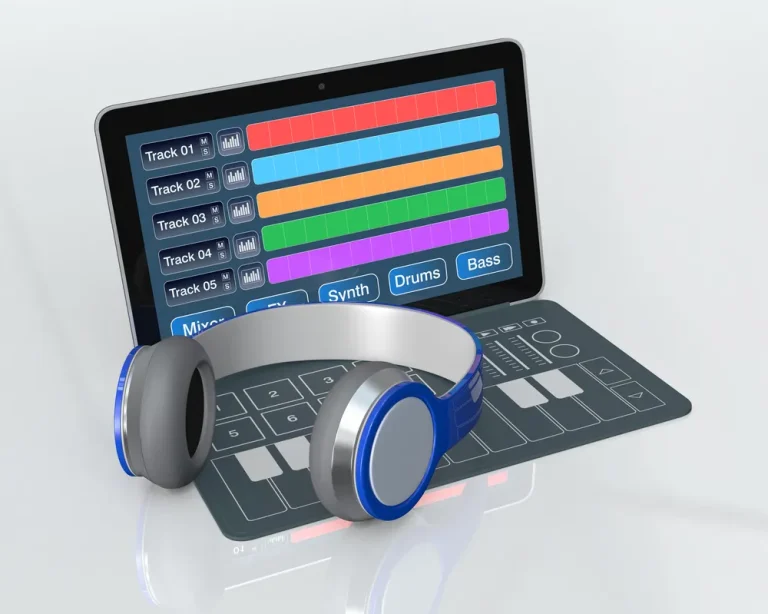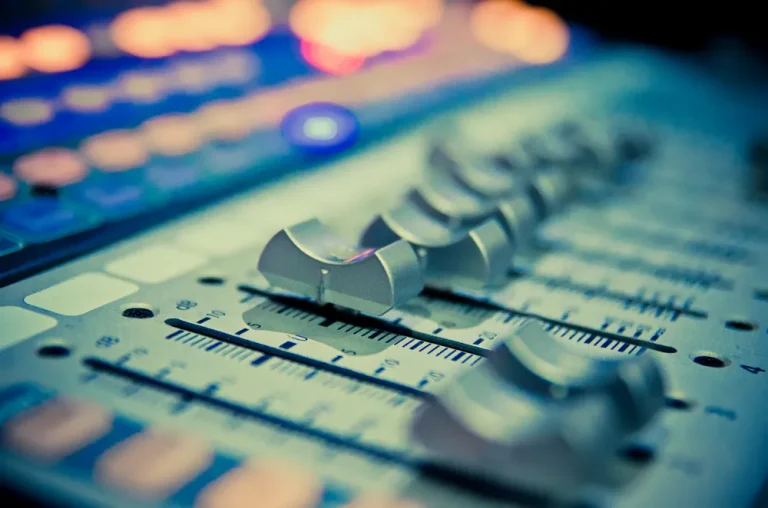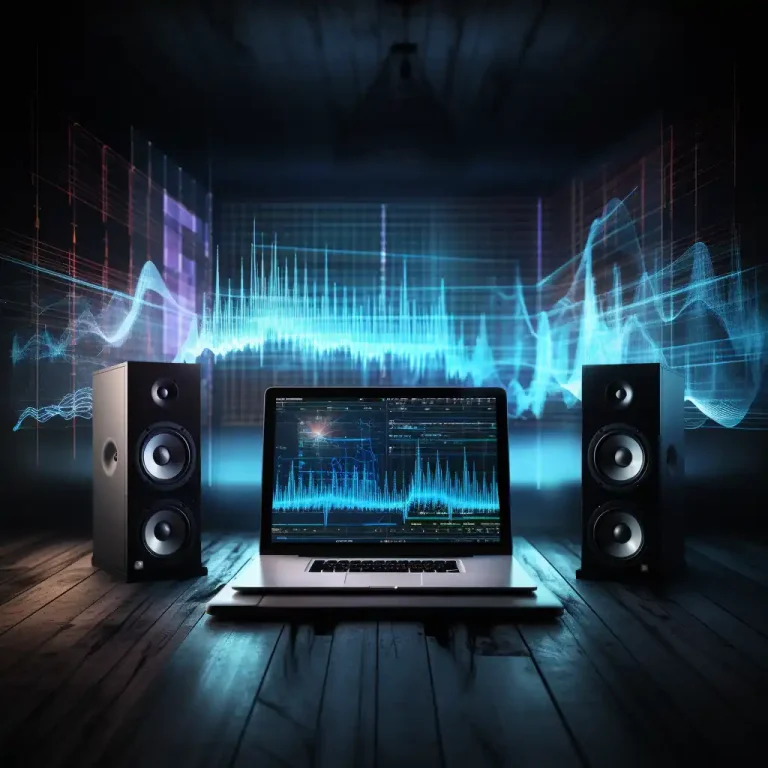Sound Editing vs. Sound Mixing: The Must-Know Differences
Are you an aspiring music producer eager to make your mark in the audio world?
If so, you’ve likely encountered the terms “sound editing vs. sound mixing” in your journey.
While it’s easy to assume that these terms are synonymous, the truth is that they represent two different aspects of audio production, each with its own set of tools and techniques.
The key distinction is that sound editing focuses on selecting, manipulating, and arranging individual audio elements.
In contrast, sound mixing involves blending multiple audio tracks to create a cohesive and balanced final product.
Join us as we dive into the captivating world of sound editing and mixing.
We’ll explore the unique characteristics of each process and provide valuable insights and hands-on tips to help you confidently begin your audio production adventure.
Let’s get started!
Key Takeaways:
What is sound editing?
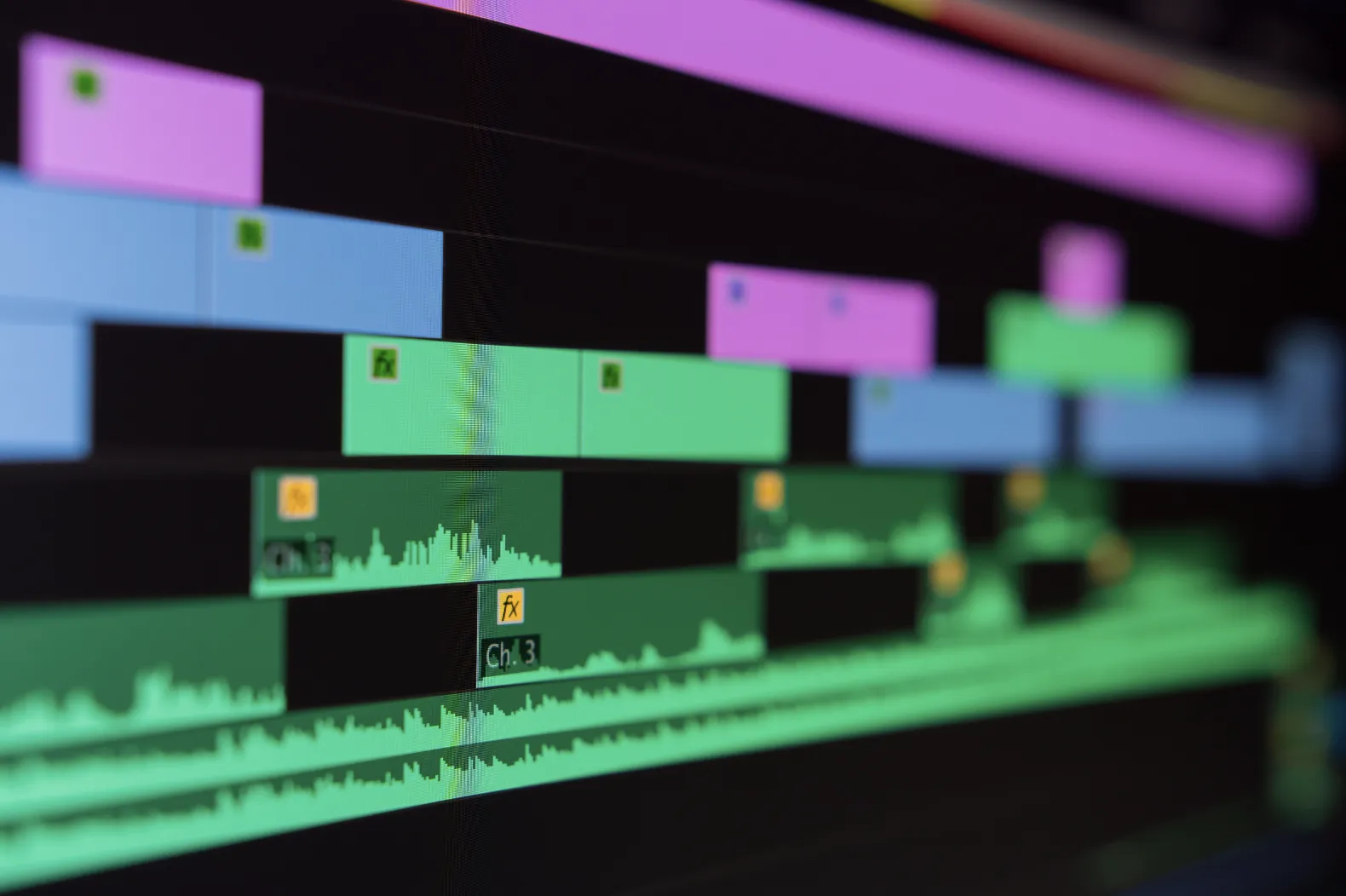
Sound editing manipulates audio clips or tracks to create a desired sonic outcome. This can involve cutting, rearranging, stretching, or replacing audio elements to craft the perfect soundscape.
Sound editing aims to ensure that the individual sounds, dialogue, and effects are clean and clear and serve the project’s overall vision.
As a music producer, sound editing can involve:
- Cleaning up audio: Removing any unwanted noises or artifacts, such as clicks, pops, or background noise, to ensure that the audio is clean and crisp.
- Arranging audio: Organizing audio clips in a specific order or layering them to create the desired musical structure.
- Editing audio elements: Adjusting the length or pitch of audio clips, adding fades, or applying audio effects, like reverb or delay, to enhance the sound.
- Synchronizing audio: Aligning audio elements with visual cues or other audio components, like syncing a voiceover with a video or aligning a drum beat with a bassline.
What is sound mixing?
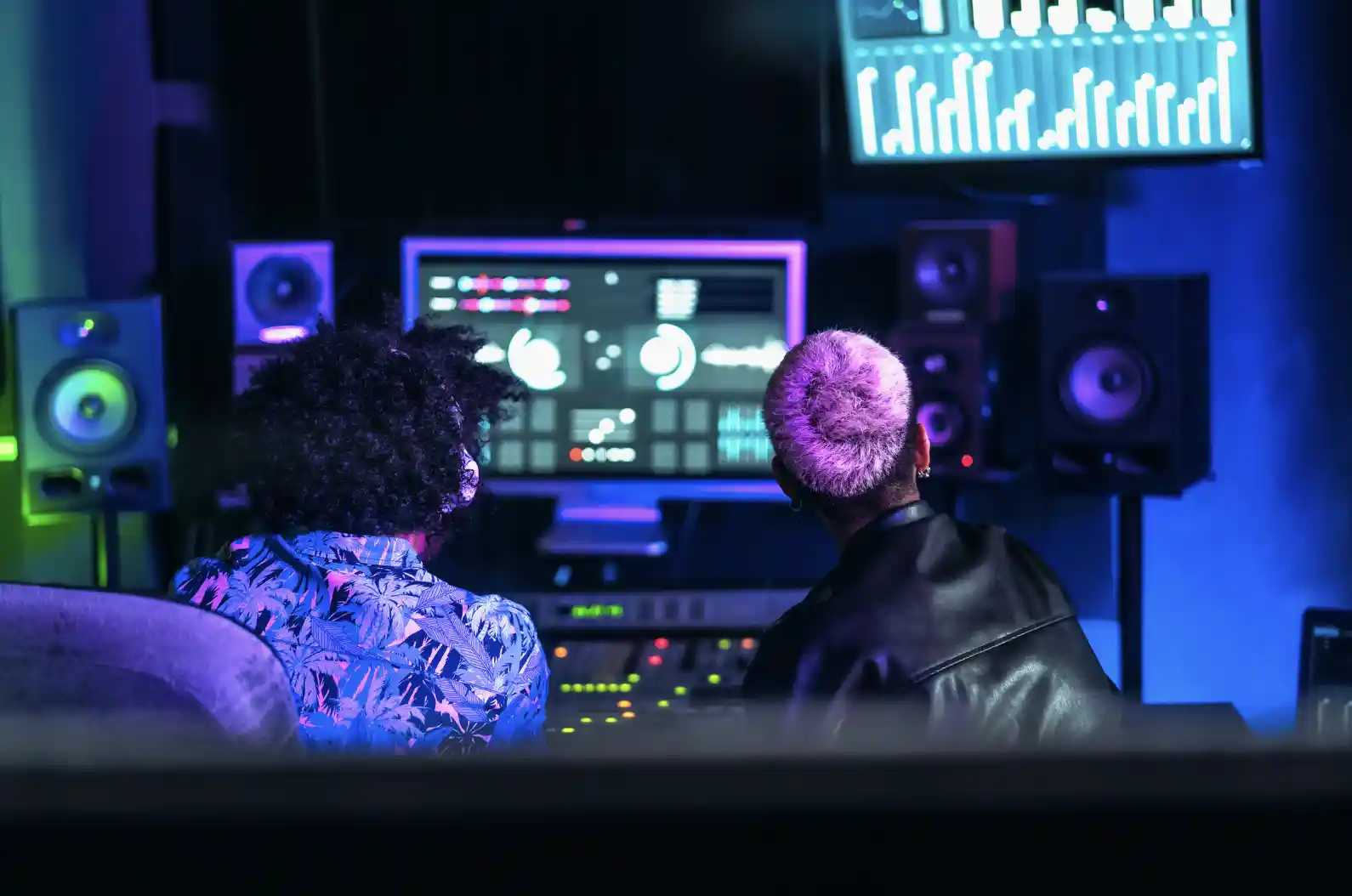
Sound editing deals with individual audio elements. In contrast, sound mixing blends these components together.
The goal is to make vocals, instruments, and sound effects harmonize. This creates a cohesive, balanced audio experience, ensuring an immersive and polished final mix.
As a music producer, sound mixing can involve:
- Balancing levels: Adjust the volume of each audio element to create a balanced mix where no element is too loud or soft.
- Panning: Positioning audio elements within the stereo field to create a sense of space and depth in the mix.
- EQ and compression: Using equalization to shape the tonal balance of audio elements and compression to control their dynamic range, making the mix sound more polished and professional.
- Adding effects: Applying audio effects like reverb, delay, or modulation to enhance the overall sound and create a sense of depth and space in the mix.
Essential Tools for Sound Editing and Mixing
As a newbie music producer, you might feel swamped by the vast array of tools and plugins for sound editing and mixing. Trying them all is tempting, but remember, less is more.
Start by learning the basics of your digital audio workstation (DAW) software. Tools like EQ, compression, reverb, and delay are fundamental for sound editing and mixing.
Mastering these essentials helps you create professional-sounding results without relying on countless plugins.
Also, don’t forget the quality of your source material matters.
Dedicate time to capturing top-notch recordings and invest in great microphones and audio interfaces. This ensures your audio is clean and clear from the beginning.
Sound Editing Vs. Sound Mixing: Practical Tips
Now that you understand the difference between sound editing and sound mixing, it’s time to put your newfound knowledge into practice.
Here are six practical tips to help you get started:
1) Organize your project
Before diving into editing or mixing, take the time to organize your project. Label your tracks, create groups or busses for similar instruments, and color-code elements for easy navigation. This will make the editing and mixing process much smoother and more efficient.
2) Edit first, mix later
It’s essential to complete the sound editing process before mixing.
Make sure all your audio elements are clean, properly arranged, and synced before focusing on blending them. This will ensure that your mix is built on a solid foundation.
3) Listen critically
Train your ears to listen critically to your mix.
Compare your work to professional recordings in a similar genre and take note of any discrepancies in volume, balance, or tonal quality.
Use reference tracks to help guide your mixing decisions and ensure your mix translates well on different playback systems.
4) Use automation
Automation can be a powerful sound editing and mixing tool. Use automation to create dynamic changes in volume, panning, or effects over time, adding interest and depth to your mix.
5) Take breaks
Mixing and editing can be a mentally demanding process. Remember to take breaks and give your ears a chance to rest. This will help prevent ear fatigue and maintain perspective on your mix.
6) Trust your instincts
While learning the basics and following best practices is essential, don’t be afraid to trust your instincts and make creative decisions that serve your unique artistic vision.
Remember that there’s no one-size-fits-all approach to sound editing and mixing, and it’s ultimately up to you to shape the final sound of your project.
The Broad Impact of Sound Editing and Mixing
This blog post mainly discusses sound editing and mixing in music production. However, these concepts are vital in other audiovisual fields too.
Video editing, film production, and sound design require skilled audio engineers. They make sure the final product connects with the audience.
Audio engineers play a crucial, multifaceted role. They create immersive soundscapes for movies and sync audio elements in video production.
So, mastering sound editing and mixing is priceless if you’re a music producer, sound designer, or budding audio engineer. It will lift your projects and mesmerize your audience.
Conclusion
In summary, sound editing and mixing are key processes in audio production. New music producers need to learn both.
Sound editing entails selecting, manipulating, and arranging individual audio elements. In contrast, sound mixing blends these components, producing a harmonious final product.
Learning essential DAW tools and practice useful tips to start your audio journey.
Trust your gut and be imaginative, as no perfect sound editing and mixing method exists.
Ultimately, these skills are useful for music and other audiovisual areas, making them crucial for success in the audio world.
Frequently Asked Questions
What are the key differences between sound editing and sound mixing?
Sound editing involves the selection, creation, and arrangement of audio elements in a film or video production, such as dialogue, sound effects, and music. On the other hand, sound mixing focuses on combining and balancing these various audio elements to create a cohesive and harmonious soundtrack.
How do sound editing and mixing work together in film production?
During the post-production process, the sound editing team works on the audio elements, ensuring that they are appropriately timed, synchronized, and edited. Once they have completed their work, the sound mixers take over, adjusting the levels, equalization, and other aspects of the audio to create the final mix. Both stages are crucial for creating an immersive and engaging soundtrack to complement the visual elements of a film.
Which aspects of audio are handled in sound editing?
Audio aspects handled in sound editing include dialogue, sound effects, and music. Dialogue is cleaned up and synchronized with the visuals. The sound effects are chosen or created to enhance the story, while music is selected or composed to add emotion and set the mood.
What does sound mixing accomplish in a film’s audio production?
Sound mixing is all about balancing the audio elements, ensuring that the dialogue, sound effects, and music work together harmoniously. This involves adjusting levels, equalization, and panning to create a soundtrack that complements and enhances the film’s visuals, without overpowering or distracting from them.
How do sound editing and mixing software differ in purpose?
Sound editing software is primarily focused on creating, modifying, and manipulating individual audio files, while sound mixing software deals with combining multiple audio tracks into one final mix. Both types of software have unique tools and features designed for their specific functions, but they are often used together to achieve the desired audio results during post-production.
Which professionals are involved in sound editing and sound mixing?
Sound editors, also known as sound designers, are responsible for creating and organizing the various audio elements in a film, while sound mixers, or re-recording mixers, adjust the levels and balance of these elements to create the final soundtrack. Both professionals work closely together throughout the post-production process to ensure the film’s audio is polished and delivers the desired emotional impact.
References
https://www.backstage.com/magazine/article/sound-editing-vs-sound-mixing-75976/
https://filmlifestyle.com/sound-editing-vs-sound-mixing/
https://www.nytimes.com/2018/03/02/movies/sound-mixing-sound-editing-explainer.html


